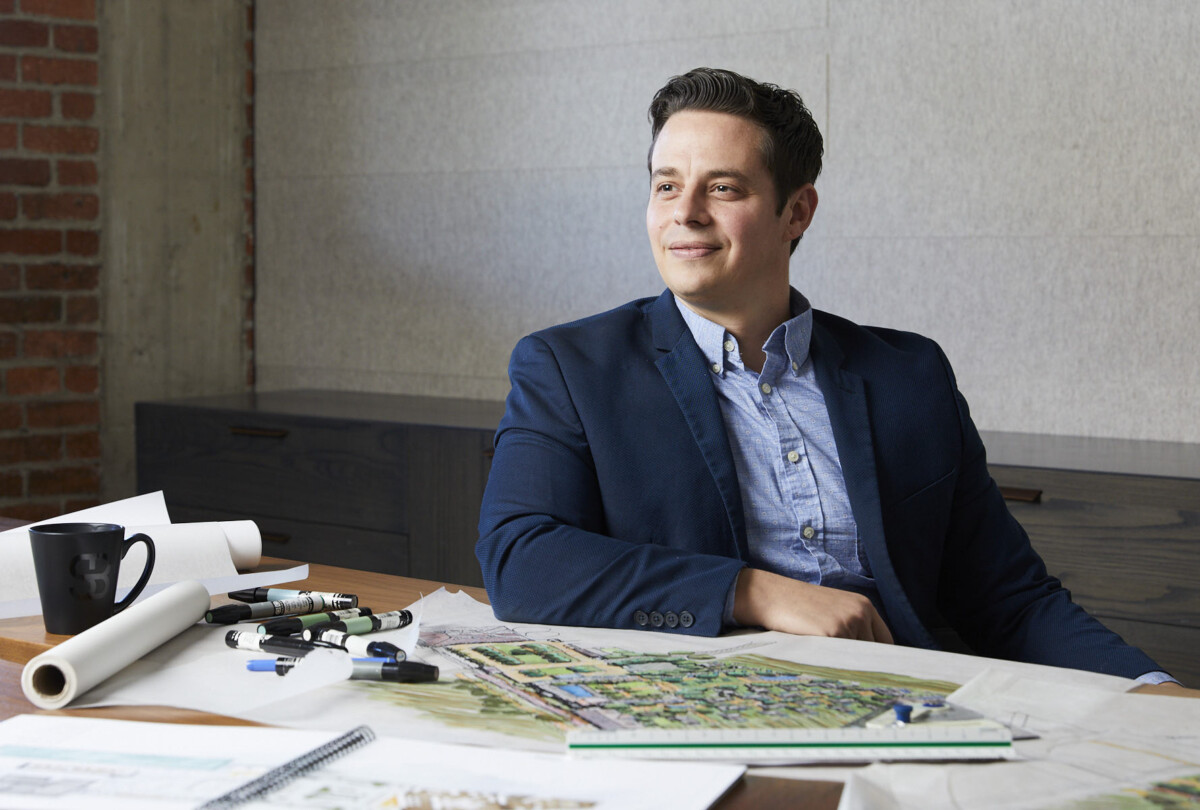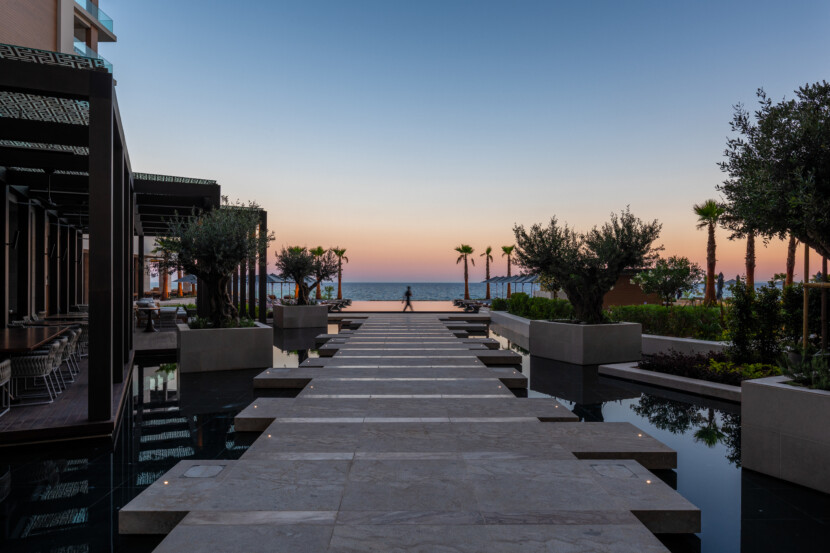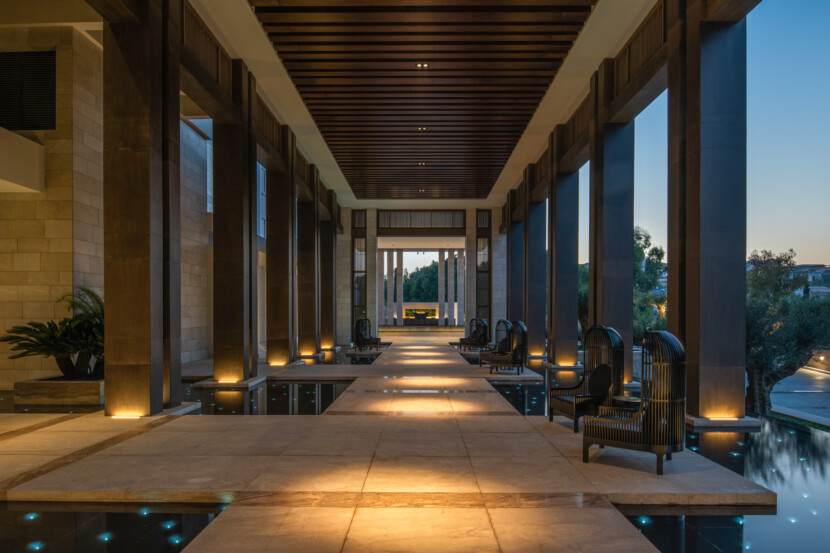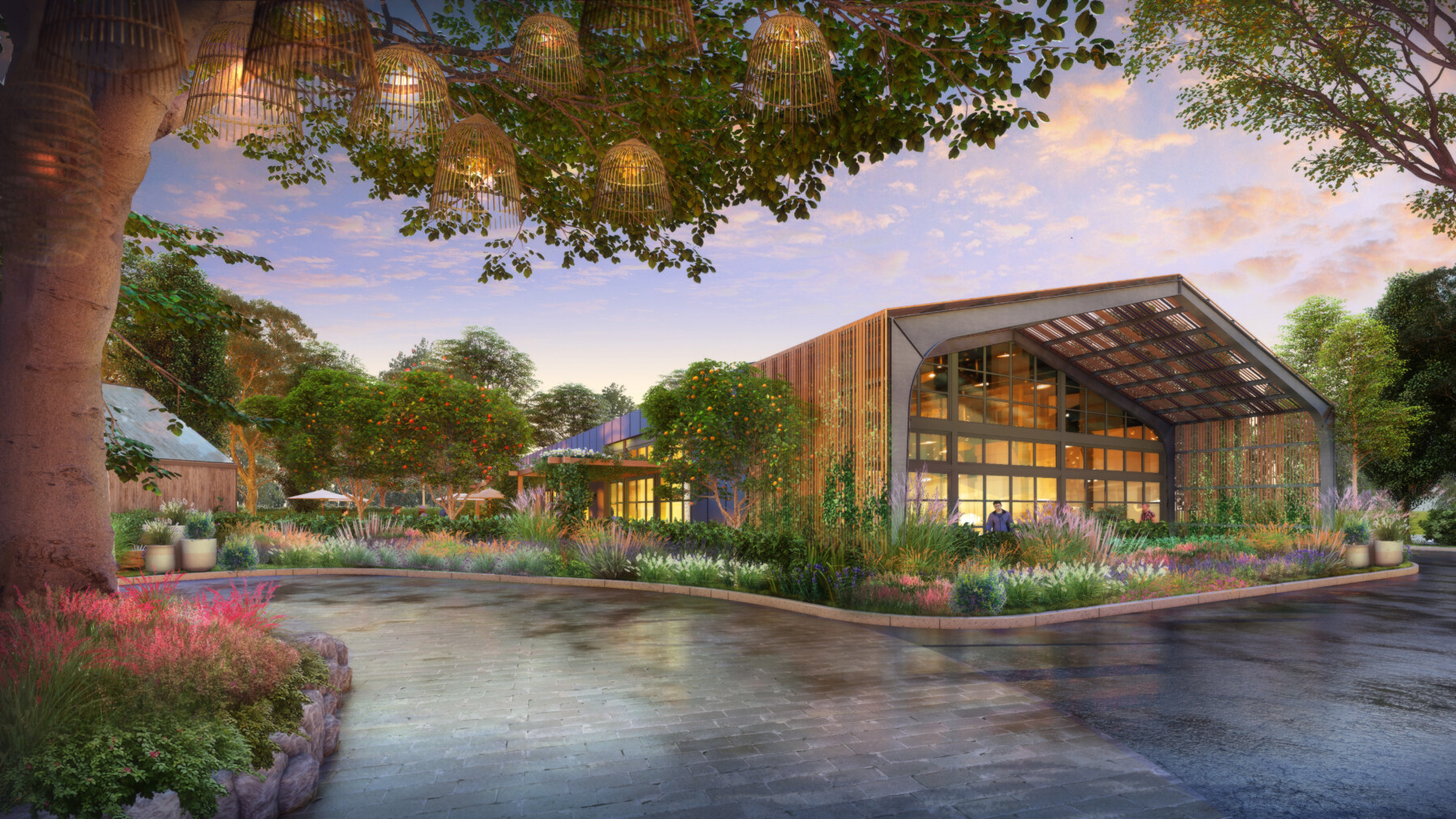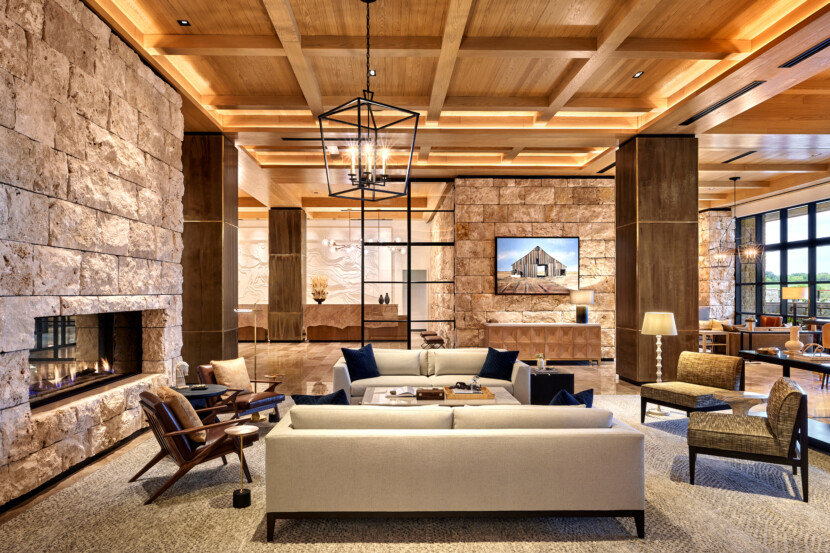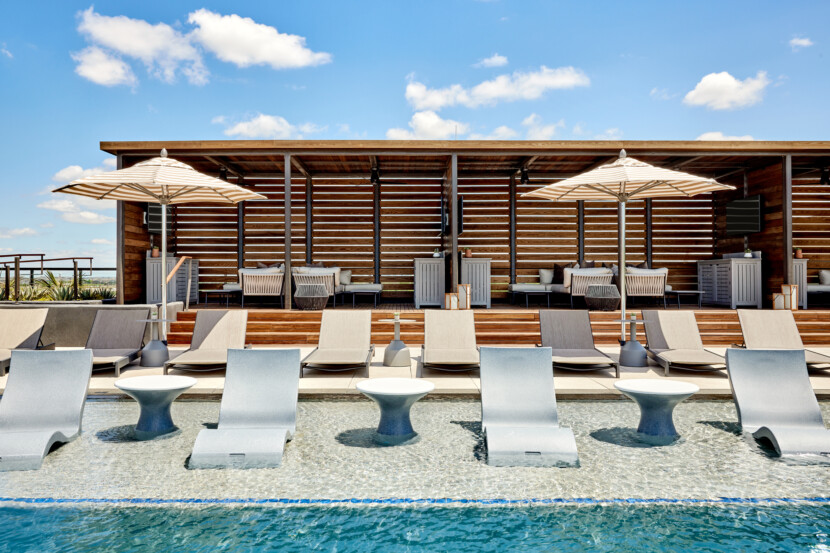Design Decoded: Q+A with Matt Page
Introducing Matt Page, a seasoned hospitality design expert. As an Associate Principal at 10SB, Matt’s vibrant persona and love for design have propelled him to helm diverse, upscale projects globally. His portfolio showcases a range of luxury boutique hotels in Silicon Valley and avant-garde hospitality spaces in California’s wine region, to new, noteworthy projects in Texas. Guided by contextual solutions and cutting-edge market trends, Matt has left an indelible mark on the industry. Join us for a candid Q&A session as we delve into Matt’s mind and design process!
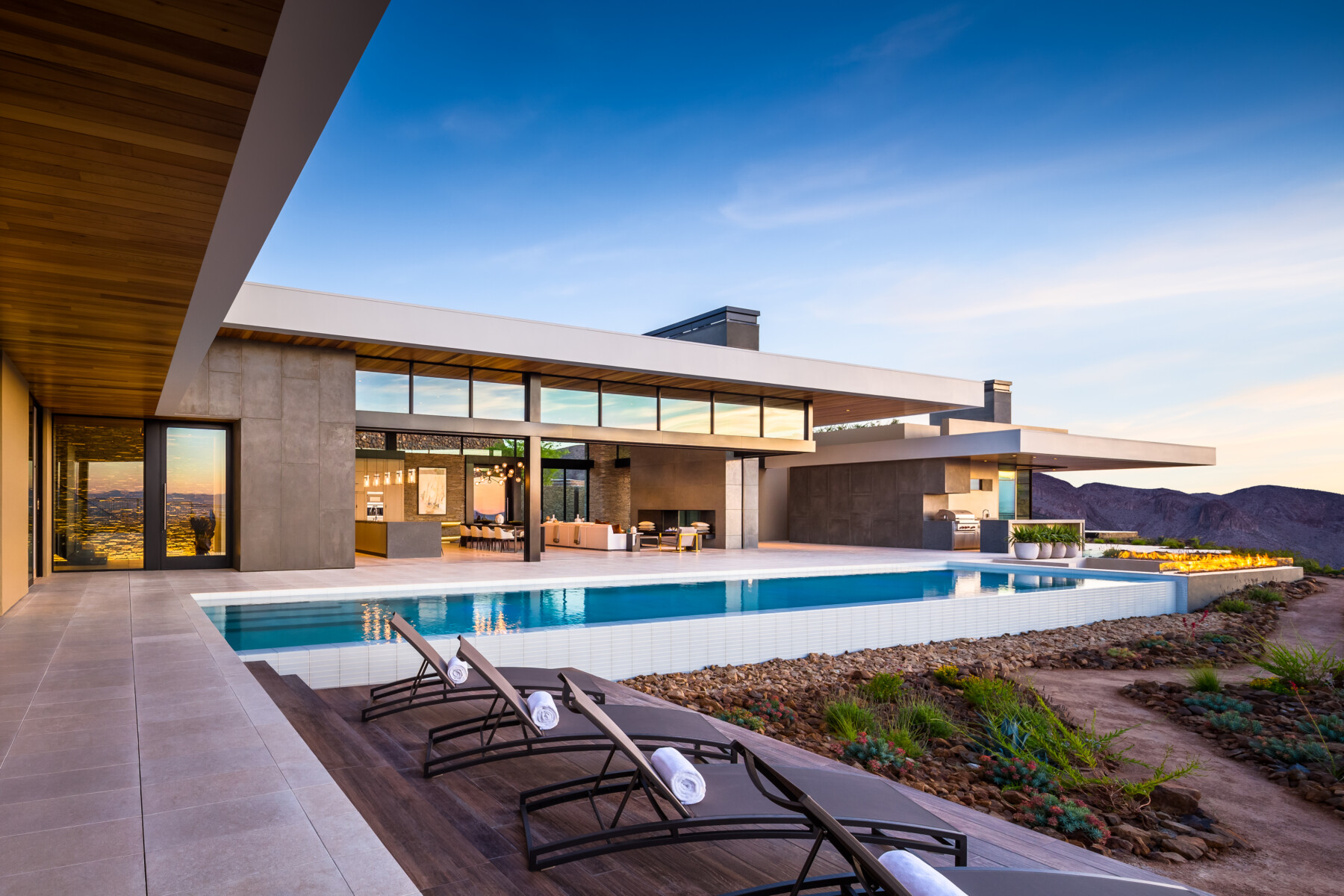
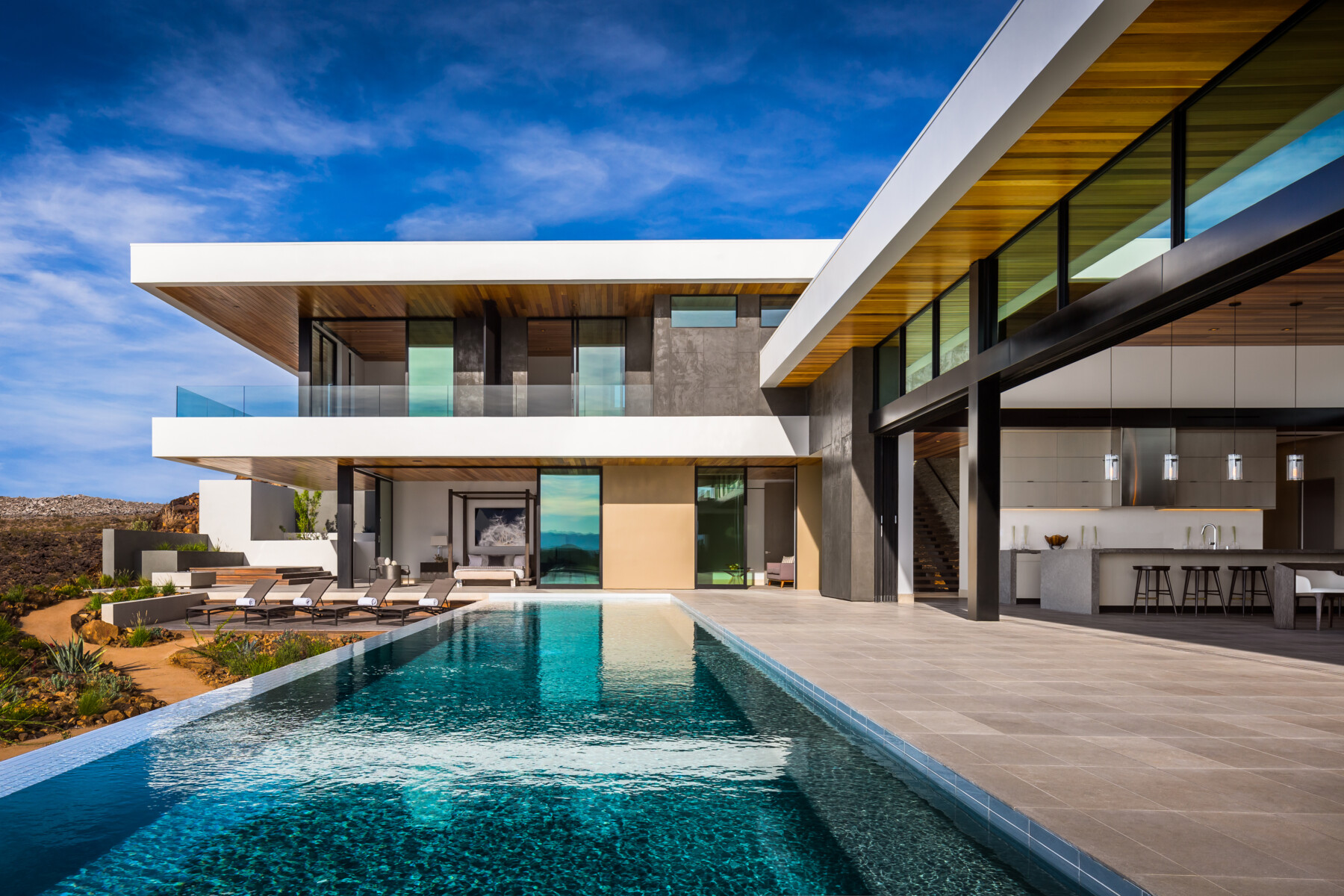

What has been the defining project of your career at 10SB and why?
There are two projects that spring to mind, both have shaped my perspective on design, and defined my journey: Ascaya Residence in Las Vegas, Nevada, and the recently opened Omni PGA Frisco Resort in Dallas, Texas.
The Ascaya Residence was one of my first projects at 10SB. Due to a tricky site, I was pushed to think outside the box and come up with a unique approach. The idea was to blend the best of hospitality and custom residential design, creating a home that felt like a luxurious retreat and a welcoming gateway. Since it was a spec home, the challenge was to create versatile spaces that could adapt to the needs of different families. To achieve this, we created flexible zones that could shrink or grow as needed. For smaller groups, the house felt intimate and snug, but it could also open and embrace the outdoors for larger gatherings or parties. While the neighborhood was still under construction, we wanted to ensure that the home offered a sense of calm and privacy, acting as a sanctuary for residents.
The Omni PGA Frisco Resort was an enormous undertaking – it’s one of the largest hospitality projects completed in North America in recent years. Coordinating a project of this scale required collaboration between our amazing and talented internal team, consultants, and various collaborators. As the design lead at 10SB for the hotel, I was tasked with establishing the Hill Country Modern aesthetic that set the stage for the entire project. Designing a large hotel is challenging – especially when trying to make it feel less imposing and more intimate to the guests. It was a tricky balancing act, but a fascinating challenge. The concept focused on creating a seamless transition between indoor and outdoor spaces, incorporating residential elements throughout. Careful attention was paid to scale and placement, ensuring that the size of the hotel didn’t feel over-scaled or cold, but instead inviting, warm, and comfortable.
Is there a theme, or design ethos, that runs through your projects?
Designing to the place. I prioritize a deep connection to the site, focusing on blurring the boundaries between the landscape and interior. Achieving this requires a high level of collaboration and cohesion across all disciplines, which is an absolute must. Typically, I embrace a modernist approach, characterized by large windows, expansive overhangs, a strong connection to the outdoor environment (where appropriate), and careful curation of materials that capture the essence of the locale. Additionally, I believe that each project should have a distinct identity that’s rooted in the uniqueness of the location and community it serves. This ensures that each project has a distinct and unique identity tailored to the specific site, rather than a generic design that could be replicated anywhere.
Working with the place is a huge part of your work, how did you determine which aspects to include?
Each project is a clean slate, we dive deep into the destination and let the local story guide our design approach. Whether it’s a rustic glamping spot, an urban escape, or a resort oasis, we strive to connect with the essence of the location and infuse that character into the design.
At our Treehouse Hotel Sunnyvale project, for example, we drew inspiration from the region’s pre-war history as an agricultural hub. The result is a hotel that’s inviting, exudes comfort, and is rooted in the area’s charming backstory – a true reflection of its surroundings. The Amara hotel in Cyprus, it was combining the crispness of modern Mediterranean design with the rich, historic past of Limassol.
What is your favorite part of hospitality design?
There are two! The first is storytelling – creating an immersive, captivating experience that whisks people away from their daily grind into a captivating narrative that you helped shape.
Secondly, I love exploring people’s reviews on TripAdvisor when a new hotel opens. It’s fascinating to hear about people’s experiences and the impact that a property like the Amara Hotel has had on them. Even a few years after opening, I still periodically check the new reviews because they offer a wealth of insight into what guests truly value in a hotel stay and how their experience has contributed to their journey of finding peace and rejuvenation.
In a way, it might sound bizarre, but through your work as a designer, you’re helping to create lasting memories for others. It’s an incredible thought to think that your work is becoming woven into the tapestry of people’s experiences.
What is unique about your approach to architecture?
During our initial calls, the creative process often starts with a client sharing a seed of an idea, a glimmer of what they hope to achieve. It might not be fully formed yet, but there’s a sense of the overall direction they want to take.
One of my greatest attributes lies in truly listening to our clients and collaborating with them to transform their vision into reality. We take their initial ideas and help them grow, shape, and blossom. I believe that understanding the clients’ unique needs and the essence of what drives them is the key to crafting exceptional work. When we work together in partnership, grounded in trust and open communication, the results are incredible. Ultimately, it becomes a partnership built on trust.
Since these projects often span several years, establishing trust, rapport, and a strong relationship with our clients is crucial. By taking the time to understand their unique needs and what drives them, we can create an environment of comfort and openness, where they feel confident in sharing their thoughts and aspirations. This kind of relationship is invaluable – it creates a sense of loyalty and trust that can lead to ongoing collaborations and opportunities.
The beauty of our kickoff charettes is that they create a space where we can not only listen to our clients, but also see what they’re envisioning. By presenting visuals, we’re able to understand their reactions, both positive and negative, and gain a deeper understanding of their thought processes and personal stories. This kind of insight is invaluable – it allows us to take their initial thoughts and turn them into tangible solutions.
Can a design feel timeless, whilst also feeling new and innovative? If yes, how is that achieved?
The key to creating timeless architecture is to design with intentionality, keeping in mind the context of the environment. By marrying the design with the natural or urban surroundings and incorporating elements that reflect the character of the place, timelessness is achieved. Design needs to feel seamless, integrating with the existing environment, and giving the impression that the structure has always belonged and will continue to do so. It’s a delicate balance to strike, but once achieved, the result is a resounding success.
When there’s a harmonious relationship between the client and the design team, with a shared vision and a willingness to collaborate, magic happens. It’s all about striking that perfect balance between form, function, and aesthetics, and creating something that resonates with people long after it’s built.
How have you seen the world of hospitality evolve since you started your career?
Since the early days of my career, the approach to hospitality has come a long way. Previously, the focus was on establishing standardized ‘cookie-cutter’ luxury hotels, with travelers seeking comfort and expecting the same experience, no matter the location. These days, travelers crave a deeper connection to the destination – an experience that reflects the soul of the place and its people. Designers are now crafting hotels that are rooted in the local culture, history, and geography, creating a sense of place that’s truly unique. It’s no longer about sameness, but about celebrating the richness and diversity of each place.
The emerging generations, Millennials and Gen Zs, are transforming the hospitality landscape. They’re bringing a fresh perspective to the industry, one that’s centered around sustainability, community, and authentic experiences. As a designer, it’s important to tap into this energy, harness these ideas, and create spaces that speak to their values. This fusion of perspectives is essential to the growth and evolution of the hospitality industry, ensuring that it stays relevant and exciting for years to come.
Hospitality has evolved because people themselves have evolved. What excites me about this industry is the growing demand for diverse experiences. What’s really striking is the push for more eco-friendly designs that prioritize sustainability and minimize environmental impact. Gone are the days of wasteful energy use – today, hotels are making a concerted effort to tread lightly on the planet. Additionally, there’s a greater emphasis on fostering a sense of community by hosting events and partnering with local experts who share their knowledge and skills with guests. The role of the concierge has also expanded, with a focus on curating personalized experiences that connect guests to the local culture and offerings. It’s a holistic approach to hospitality that embraces the idea of mindful and authentic experiences.
What are the challenges in being part of the growth of a brand, especially designing for new hospitality brands?
I’m gaining firsthand experience in this aspect through my involvement with Treehouse Hotel Sunnyvale. Developing a unique niche in the hospitality world requires a sharp focus on what sets your brand apart from the rest. It’s no easy feat, but that is what makes it so rewarding.
Working closely with the client to establish something fresh and unique is a journey that requires flexibility, agility, and a willingness to pivot from both the designer and the client. In the end, it’s about crafting something truly remarkable that exceeds expectations.
What keeps you passionate about hospitality?
For me, it’s the continuous evolution. It’s a never-ending quest for innovation and discovery that makes this work endlessly fascinating. The world is brimming with countless opportunities, rich history, diverse cultures, and a desire for knowledge. All this feeds into the magic of hospitality – the ability to tell stories, to ignite transformation, and create unforgettable experiences.
What adds to the excitement is the wide range of projects we tackle. From small-scale glamping sites with around 30 units to expansive hotels with hundreds or even thousands of rooms, the diversity is remarkable. The beauty lies in the fact that the stories we tell help shape and distinguish each project, making them truly unique. Additionally, we get to channel our hospitality expertise into other areas too, like multi-family residences and big mixed-use development projects. It’s a versatile playground where we get to flex our creativity and expertise, all while shaping the world around us.
How do you see the industry evolving?
Sustainability isn’t just a buzzword; it’s a commitment to making a positive impact on the world. It’s about minimizing environmental impact, enhancing community wellness, and creating experiences that nurture guests’ health and well-being. Personally, I seek a place that truly immerses me in the destination. I want to walk around and feel completely connected to the surroundings. It should be perfectly situated near cultural hotspots, whilst also being a haven of tranquility and repose. It’s a delicate balance, but when it’s achieved, it’s amazing.
If you were to ask five or ten of your friends the same question, I believe they would crave the same things, especially after the turbulence of the past few years. The pandemic catapulted some trends forward. The desire for authenticity, wellness, and a sense of connection were all there, and the pandemic just gave them a boost.
The pandemic saw a lot of emphasis on touchless experiences and sanitized spaces, but I always felt like that was just a temporary phase. Once we emerged from the pandemic, as expected, people didn’t want to be trapped in a sanitized box. They were craving experiences that were interactive, immersive, and rooted in the local culture. And with the evolution of AI and smartphones, we can take it to the next level. Imagine walking into your hotel room and having the lighting, music, and TV all personalized to your taste. But beyond that, it’ll be all about creating a sense of place and connection with the outside world. A hotel stay will become an opportunity to truly connect with a destination and its people, rather than just being a sterile pit stop.




